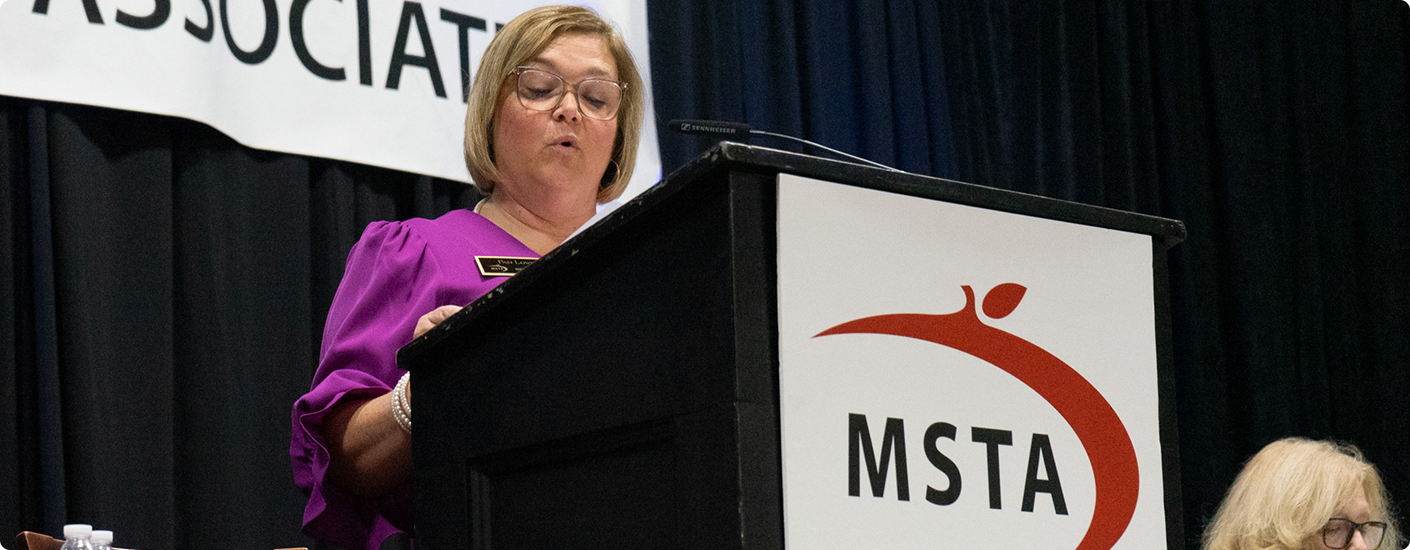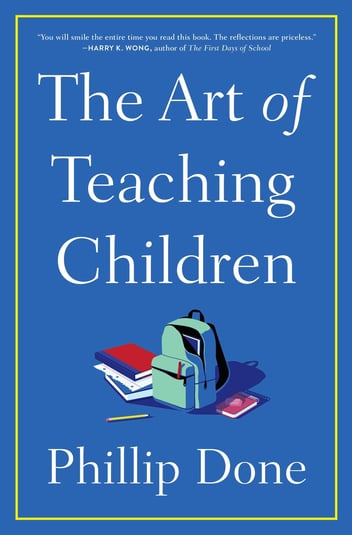Empowering Education with AI

A guide to AI resources for the classroom by Christopher Wright, Rolla 31
When you think of artificial intelligence, what comes to mind? Some might imagine a post-apocalyptic world created by the Skynet AI. Others might think of the Enterprise’s computer in a more utopian future, as seen in Star Trek. No need to imagine a future context, however. If you use a modern cell phone, you have used AI for a few years. Artificial intelligence has recently become a trendy topic, especially in education.
Thanks to companies like OpenAI, with their ChatGPT (Generative Pre-trained Transformer) tool and their picture creation tool DALL-E2, generative AI has become quite fashionable. What sets this generation apart from previous versions of AI technology is its ability to create novel content using example datasets to train the AI. Whether we like it or not, AI is here to stay and this current generation of generative AI is just the beginning of what this technology will become. It will only get better.
Definition and Benefits
Generative artificial intelligence (AI) is a branch of AI that can create new content such as images, text, music, or speech. It is based on learning from data and using it to generate novel and realistic outputs. Generative AI has many applications and benefits for education, especially for K-12 teachers who want to enhance their teaching and learning experiences.
One of the main advantages of generative AI is that it can provide personalized and adaptive content for students. For example, generative AI can create customized questions, exercises, feedback or explanations based on the student’s level, interests, goals and preferences. This can help students learn at their own pace and style, and improving their motivation and engagement.
Another benefit of generative AI is that it can enrich the curriculum and learning materials with diverse and creative content. For example, it can produce realistic images or videos to illustrate concepts, facts or phenomena. It can also generate stories, poems, songs or games to spark students’ imagination and creativity. Generative AI can help teachers create new content for their lessons or assignments, or remix existing content in new ways.
This technology can foster critical thinking and problem-solving skills among students. For example, generative AI can challenge students to analyze, evaluate or critique the generated content. It can also encourage students to explore different perspectives, scenarios or possibilities. Generative AI can inspire students to design, create or improve AI-generated content.
User Beware
Generative AI is a powerful and promising tool for education that can offer many opportunities for K-12 teachers and students. However, it also comes with some challenges and limitations that need to be addressed. A few things teachers need to be aware of:
• Tools have different ages in the acceptable use policies. Be aware of a student’s age before using an AI tool.
• Both teachers and students should be careful of what they share with AI chatbots. Most of these tools are in beta, so app makers and researchers will examine the user’s chats with AI Chatbots.
• Some image generators use pictures from the internet to be trained on. There has been proof that copyrightprotected images were used for training AI models. We will see court cases about whether or not companies have the right to train their AI models using copyright-protected media.
• We are still in the early days of publicly available generative AI. Searches are much more costly than a regular Google search. Eventually, users will have to pay to use AI tools or they will have advertising.
• AIs are not always correct. If they don’t know something, they will confidently make something up. Researchers call this "AI hallucination." Information from AI should be double-checked.
• Most AIs are trained on large datasets from the Internet. Unfortunately, biases found in the training data may appear in search results.
AI Tools
As of June 2023, these AI tools might be helpful for you.
💸 = tool is a paid service.
💎 = Free tool.
💳 = Freemium tool, some features are free to use, or you can pay to upgrade for more features.
💎 AI Cheat Check (demo.aicheatcheck.com) - Check student work to see if an AI was used to write something. Tools like TurnItIn have added AI detection to their products as well.
💎 Bard (bard.google.com) is Google’s version of ChatGTP.
It is currently in Beta, and you must request to join the Beta program before it becomes generally available. Google will integrate Bard into all the Google Apps like Gmail, Docs, Sheets and Slides.
💎 Brisk (www.briskteaching.com) is a Chrome Extension that will check Google Docs and Google Classroom comments for AI-generated content. More tools are being added soon. Right now, Brisk is in Beta and is free, but that could change.
💸 Canva Pro (canva.com/education) is known for being an excellent visual design tool. Their most recent update added several AI tools like Magic Erase, Magic Edit, Magic Write, Magic Presentation and Magic Design for all Pro accounts. Teachers can get a free Pro account at the listed address.
💳 ChatGPT (chat.openai.com) is the tool that made AI chatbots popular. ChatGPT 4 is even more powerful and can take in not just words but images as well. Microsoft has integrated ChatGPT into the sidebar of the newest version of the Edge browser, and they will also add it to the Office applications.
💎 Conker.ai (www.conker.ai) autogenerates quizzes on a specific topic and age level. This tool allows students to answer on devices, and it grades for you. Make sure you read over the questions before you give the quiz!
💳 Curipod (curipod.com) - Give Curipod a topic and grade level, and it will create a slide deck with interactive activities that students can do via their own devices. Always remember to check the accuracy of the information before using it with students.
💳 DALL-E 2 (labs.openai.com) creates images from text. Type what you want the picture to look like, and DALL-E 2 will give you four images to choose from. See also: Adobe Firefly (free during the beta), Midjourney and DeepAI.
💎 Elicit (elicit.org) - Taking an educational research class? Elicit can find relevant papers without perfect keyword match, summarize takeaways from the article specific to your question and extract essential information from the papers.
💸. GrammarlyGo (grammarly.com/grammarlygo), the tool that gives you writing suggestions, will soon have AI built into it. It will write for you from a prompt, rewrite new versions of your writing and respond to emails.
💎 Next Three Books (nextthreebooks. com) - Tell Next Three Books what you like to read, what level you want to read and the writing style. The site will suggest three books for you to read.
💎 StudyCrumb (studycrumb.com/paraphrasing-tool) - Copy and paste text into Study Crumb, which will paraphrase it for you.
💎Recipes by AI (letsfoodie.com/airecipe-generator) - Tell Recipes by AI what ingredients you have and it will develop a recipe using those items. No need to go to the grocery store.
💳 TeachMateAI (teachmateai.com) has 40 tools to help teachers out from Letter Writer to Math Problem Starter. This site is based in the UK. It is similar to TeacherBot (https:// teacherbot.io/).
💎Transvribe (transvribe.com) - Don’t have time to watch a YouTube video to get information? Give Transvribe the video address, and then ask a question. Transvribe will find the answer in the video. This tool impressed me.
💎Vocal Remover (vocalremover.org) - This free online application will help remove vocals from a song by creating karaoke. Once you choose a song, artificial intelligence will separate the vocals from the instrumental. You will get two tracks - a karaoke version of your song (no vocals) and an acapella version (isolated vocals).
As you can see, AI has the potential to transform education in many positive ways. It is not a substitute for human teachers but rather a tool that can augment their role and effectiveness. Teachers still play a vital role in designing meaningful learning activities, providing emotional support and encouragement and fostering a positive learning environment. Teachers need to be aware of the opportunities and challenges that AI brings to education and be prepared to integrate it into their teaching practices in a pedagogically sound way.
By the way, parts of this article have been written by ChatGPT. Can you tell which parts were written by AI?
 Login
Login
 MSTA Regions
MSTA Regions
 Search
Search
 Contact Us
Contact Us





